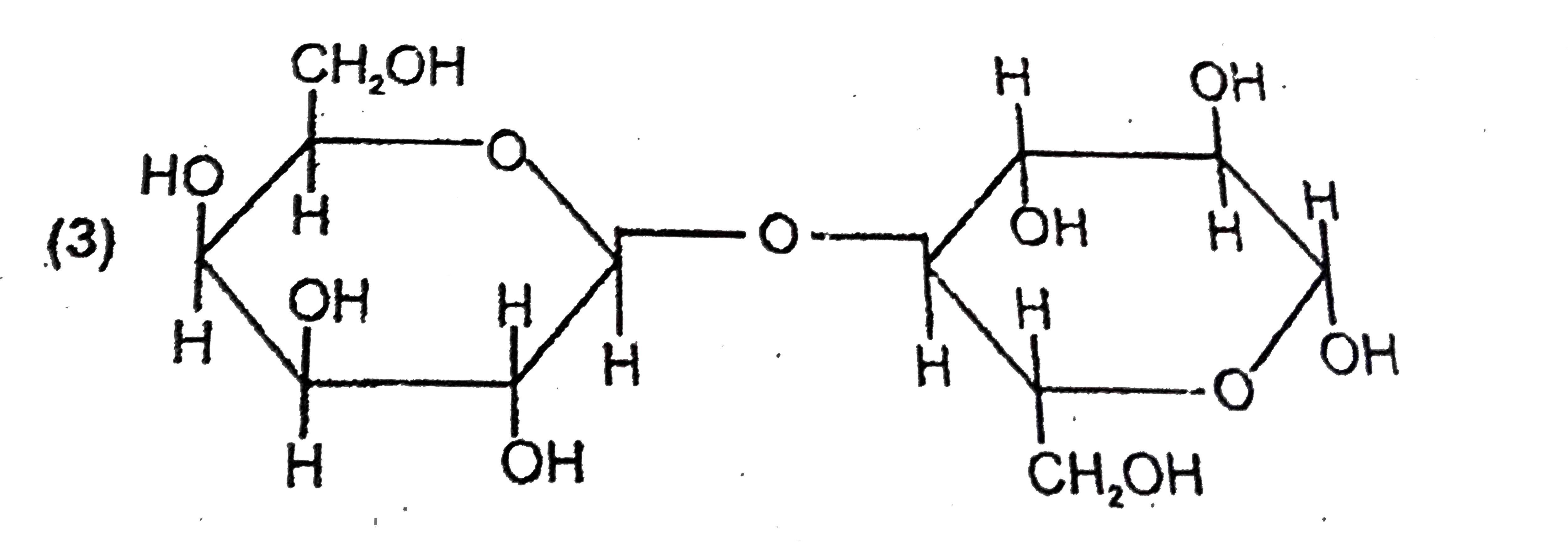Which one of the following statements is not true regarding (+) lactose ?
A
On hydrolsis (+) Lactose gives equal emount of D(+) glucose and D(+) galactose.
B
(+) Lactose is a β− glycoside formed by the union of a molecule of D(+) glucose and a molecule of D(+) galactose.
C
(+) Lactose is a reducting sugar and does not exhibit mutarotation.
D
(+) Lactose, C12H22O11 contains 8−OH groups.
Video Solution
Text Solution
The correct Answer is:3

All reducing sugar shows mutarotation
|
Updated on:21/07/2023
Topper's Solved these Questions
- BOOK - RESONANCE ENGLISHCHAPTER - BIOMOLECULES & POLYMEREXERCISE - ORGANIC CHEMISTRY(Biomolecules & Polymer)34videos
BIOMOLECULES & POLYMER
- BOOK - RESONANCE ENGLISHCHAPTER - BIOMOLECULESEXERCISE - Advanced Level(Part II)33videos
BIOMOLECULES
- BOOK - RESONANCE ENGLISHCHAPTER - CARBONYL COMPOUNDS (ALDEHYDES & KETONES ) & CARBOXYLIC ACID EXERCISE - Part -IV23videos
CARBONYL COMPOUNDS (ALDEHYDES & KETONES ) & CARBOXYLIC ACID
Similar Questions
Knowledge Check
- Question 1 - Select One
Which one of the following statements is true?
AA scalar quantity is the one that is conserved in a process.BA scalar quantity is the one that can never take negative values.CA scalar quantity is the one that does not vary from one point to antother in space.DA scalar quantity has the same value for observers with different orientations of the axes. - Question 2 - Select One
Which one of the following statements is true ?
ADysentery, plague and diphtheria are viral diseases.BHIV replicates in host cell with the help of reverse transcriptase enzyme.CThe disease ringworm disappears during summer and rainy season.DCommon cold could be confirmed by Widal test. - Question 3 - Select One
Which one of the following statements is true?
AA scalar quantity is the one that is conserved in a process.BA scalar quantity is the one that can never take negative values.CA scalar quantity is the one that does not vary from one point to antother in space.DA scalar quantity has the same value for observers with different orientations of the axes.

